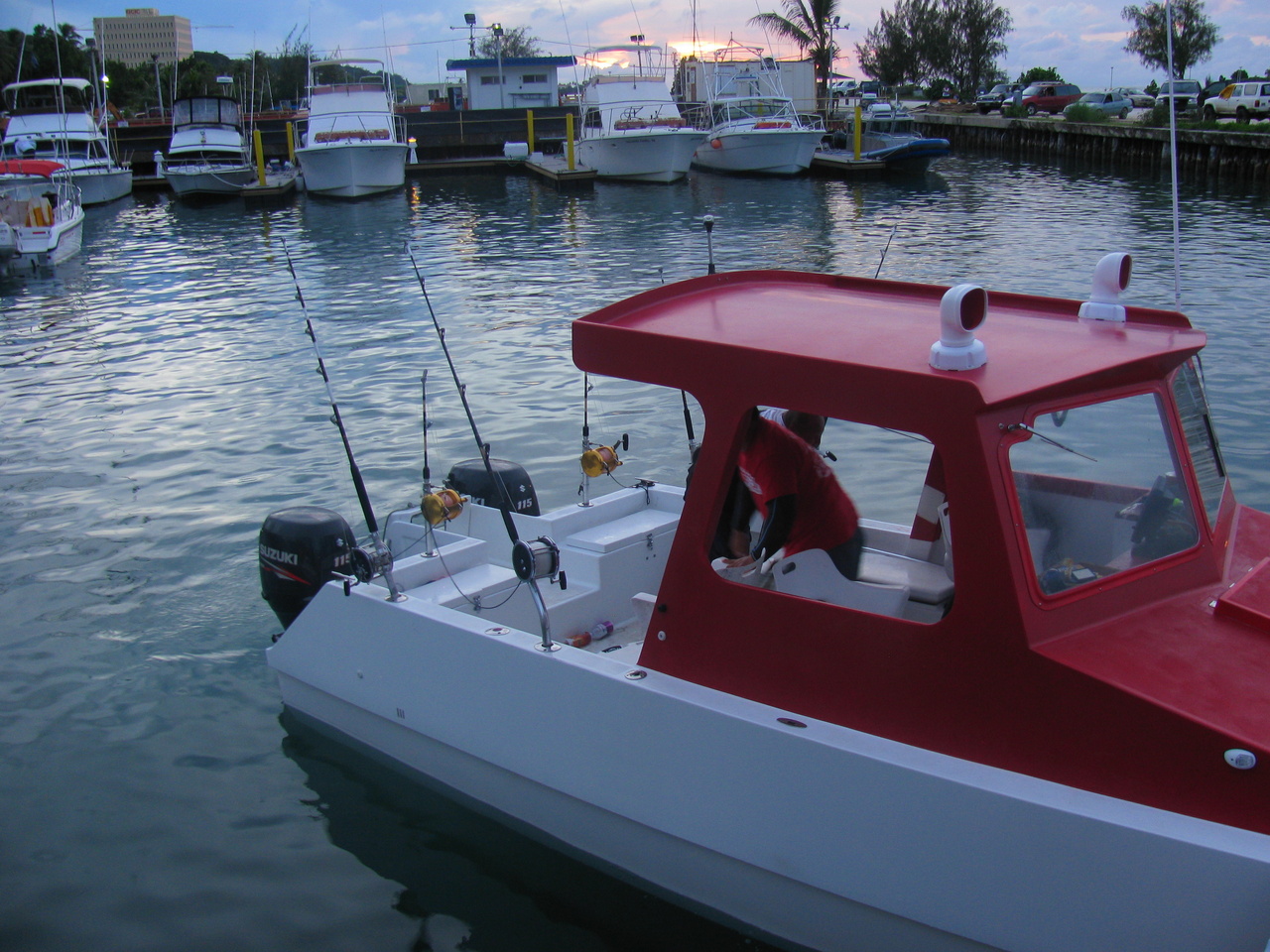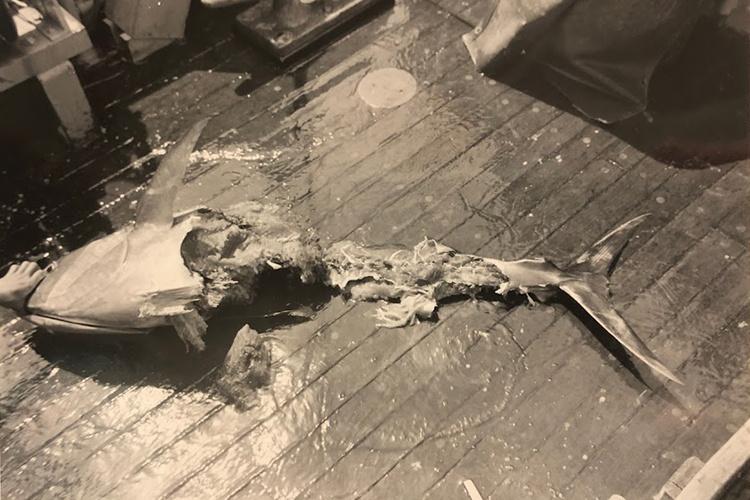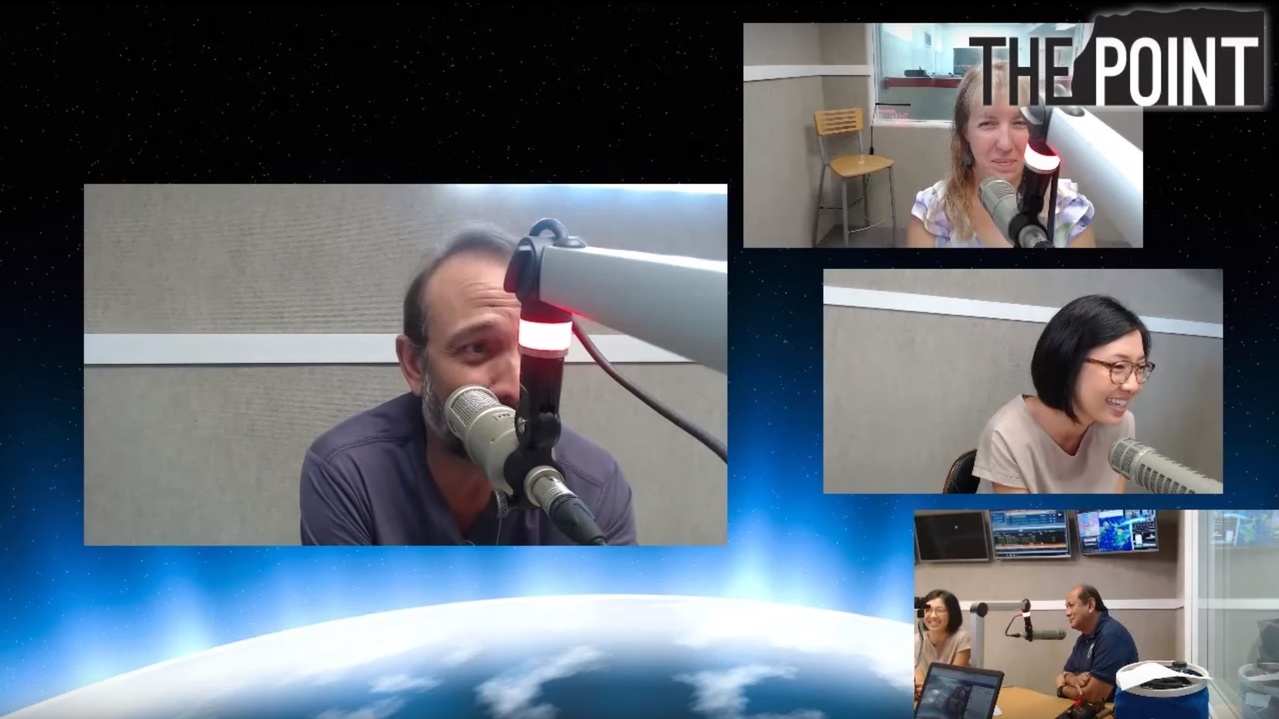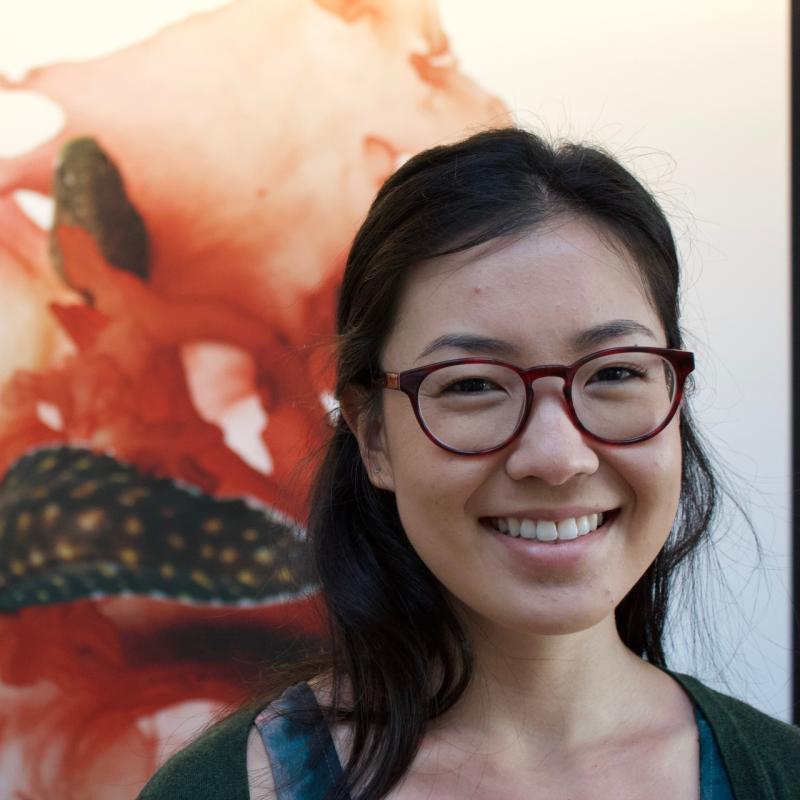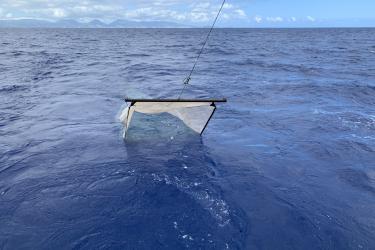Last month, I traveled to Guam and Saipan to launch a new project that examines fishers’ experiences with sharks, and places these interactions in the context of local communities and economies. The project relies heavily on the cooperation and knowledge of local fishers who have been reporting shark interactions leading to loss of time, gear, and catch—primarily in the troll and bottomfish fisheries.
Because we have little scientific documentation of Marianas’ sharks and their behavior, we’re looking to those who are on the water most for their observations of sharks through time. We’re relying on fishers, researchers, and managers to share their perspectives about sharks and the dynamics of local fisheries, including information about fishing expenses, how fish are distributed once they’re caught, and existing shark policies.
![Fishing boat in the Agana Boat Basin, Guam. Photo: NOAA Fisheries/Justin Hospital.]()
Fishing boat in the Agana Boat Basin, Guam. Photo: NOAA Fisheries/Justin Hospital.
I collect these data primarily through interviews and by observing public discussions about these topics. We thematically code the transcripts of those interviews and discussion notes to help us see both unique perspectives and trends across people and places.
These data provide critical documentation of Marianas’ sharks. They also provide a breadth of information to help us think about how shark interactions affect fishers, what kinds of strategies we might use to mitigate those interactions, and how feasible those strategies are given different stakeholders’ attitudes.
![Fishing from the shore and from a boat along the Guam coast. Photo: NOAA Fisheries/Justin Hospital.]()
Fishing from the shore and from a boat along the Guam coast. Photo: NOAA Fisheries/Justin Hospital.
September’s trip lent to an excellent beginning for the project! I tagged along at the Western Pacific Fishery Management Council meetings throughout the week of September 23rd. The Council convened representatives from local fisheries, as well as research and government agencies. There, and at get-togethers organized by local fishers (featuring some of the best freshly caught bottomfish), I introduced the research project to the community and solicited interest from over 60 potential research participants.
Along with Council Education Outreach Coordinator Amy Vandehey, I also visited with three local radio shows to share information about our work: Gary Sword at KKMP (Saipan), Phillip Leon Guerrero at K57 (Guam), and Ray Gibson at The Point (Guam).
![Interview with The Point’s radio talk show host Ray Gibson (left) in Guam on September 26, 2019. I (middle) was interviewed about this study, along with Amy Vandehey (top) and Felix Reyes (bottom). Watch the whole interview on Ray Gibson’s YouTube Channel..jpg]()
Interview with The Point’s radio talk show host Ray Gibson (left) in Guam on September 26, 2019. I (middle) was interviewed about this study, along with Amy Vandehey (top) and Felix Reyes (bottom). Watch the whole interview on Ray Gibson’s YouTube Channel.
My job was simple: make myself available to those who wanted to contribute to the project, be transparent about the project’s motives and potential outcomes, and express a willingness to learn about a place and experiences that don’t belong to me.
Thanks to the support and enthusiasm of the Guam and Saipan communities, data collection is off to a great start with 22 fisher and researcher interviews, and observations at several public meetings. I’m eager to return in early November for my second data collection trip.
